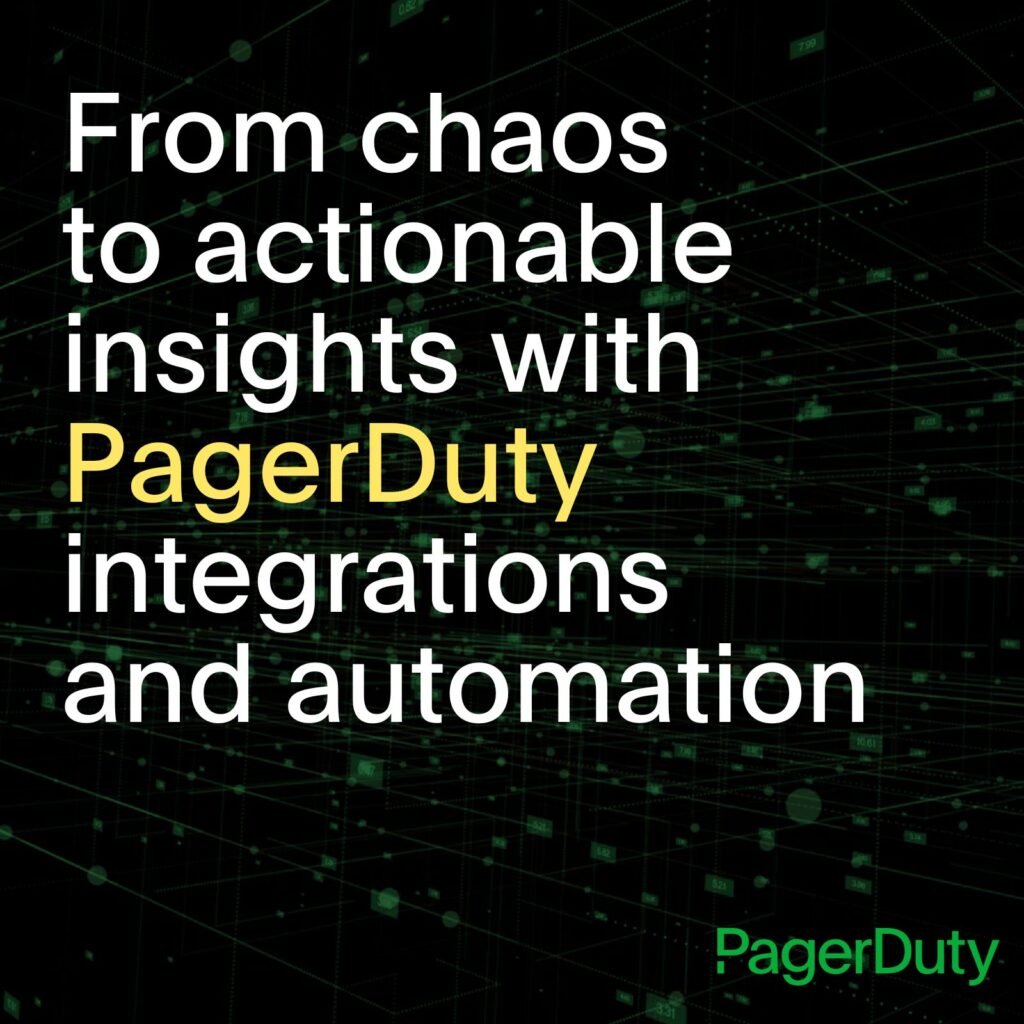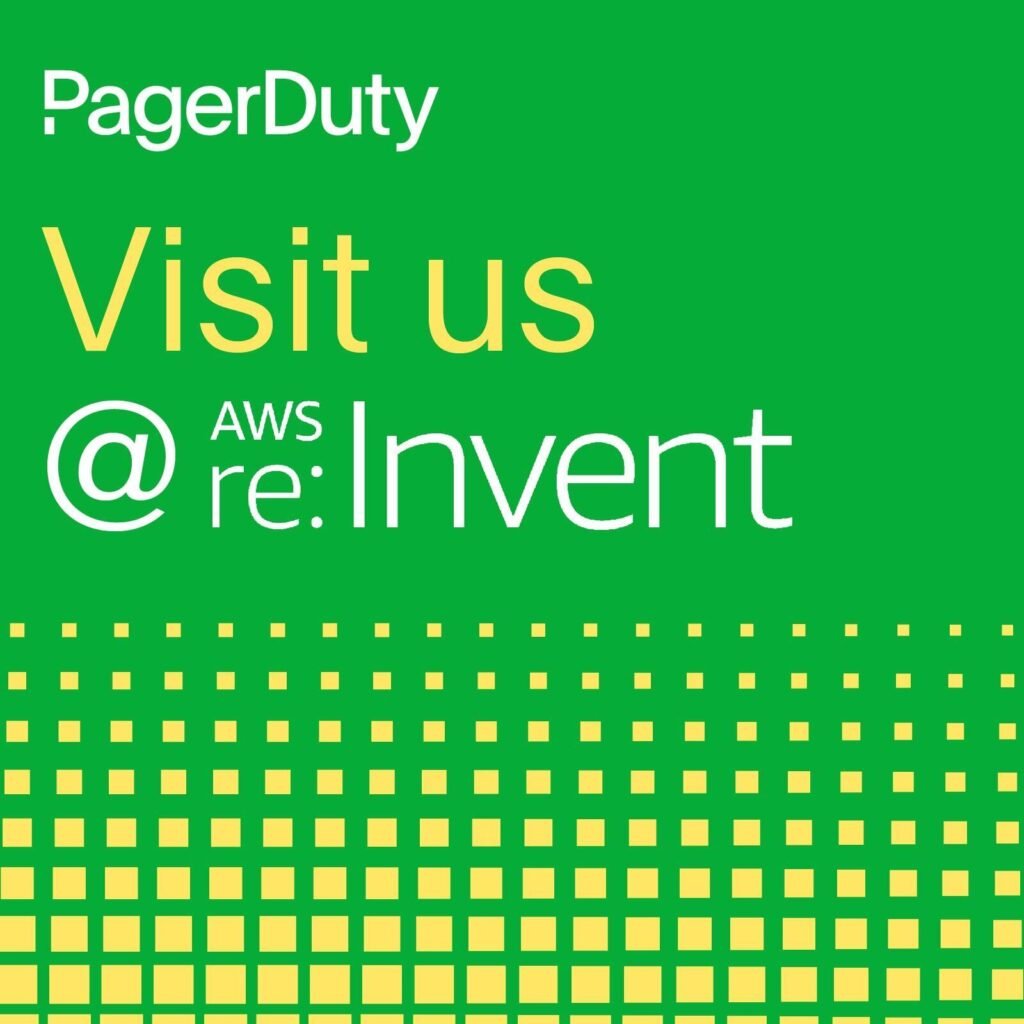- PagerDuty /
- Blog /
- Integrations /
- Rise of the Digital Operations Ecosystem
Blog
Rise of the Digital Operations Ecosystem
Many organizations today are dealing with a lot of complexity and disconnected tools. Teams and departments are running in parallel but siloed from each other. People are burned out from a lot of manual work, and everyone is crunched for time. This is not a happy ecosystem to live in.
If this digital ecosystem doesn’t work together, your teams don’t know what’s going on and they lack the right information. Teams can’t respond quickly, aren’t coordinated, and they can’t take the right actions. The result is that problems take a longer time to fix, causing bad experiences for your customers and lost revenue for the business, in addition to lower productivity and increased costs.
So what do we mean when we talk about a digital operations ecosystem? Teams and organizations have lots of tools, technologies, services, and vendors that they use to run digital operations—and an ecosystem encompasses all that, as well as how it works (or doesn’t work) together.
Our Vision for the Digital Operations Ecosystem
Our vision for PagerDuty’s digital operations ecosystem is solving problems that arise from the complexity of disconnected tools, siloed teams, and manual work to help prevent bad customer experiences. In our vision, the ecosystem helps you make everything work together—automatically and in real time.
In this ecosystem, you’ll have holistic, integrated visibility into your operations so the right people can get the right information at the right time. Your workflows become integrated, orchestrated, and automated. Teams and departments can collaborate in real time to solve problems. Additionally, your teams gain flexibility to work the way they want, using the best tools for each task and that fit your specific needs, saving everyone time so they can focus on innovation.
Delivering the Digital Operations Ecosystem
We are bringing our vision for the digital operations ecosystem into reality. We have made big investments jointly with our partners and our community to make the vision real.
PagerDuty’s digital operations ecosystem includes over 350 integrations that help you connect information and workflows in real time. We are continually working with more than 200 partners to help you innovate and transform operations with the deepest and the most advanced solutions. In addition to all the existing integrations, we have also opened our platform to developers so they can easily create new real-time workflows and customize the application of PagerDuty for your needs.
We are already seeing the power of our ecosystem in our customer base. Our advanced customers are integrating dozens of different tools with PagerDuty and realizing the benefits, including automation and improved team collaboration and communication, which help drive more effective real-time digital operations.
What’s New in the Digital Operations Ecosystem?
Let’s take a look at the highlights of what’s new in PagerDuty’s digital operations ecosystem from the past year.
1. DevOps, ITOps, and CloudOps: Orchestrate and automate response in real time.Together with the ecosystem, we have continued to advance DevOps, ITOps, and CloudOps with new integrated solutions that make workflows more automated and real time. For instance, our joint solutions with AWS help automate Cloud Operations and manage serverless workflows in real time, while our new Slack integration brings the PagerDuty power into Slack so users can take action directly inside Slack.
With our partners, we have also focused on integrations with dozens of monitoring, APM, and log analysis (e.g., Datadog, New Relic, Sumo Logic, Cisco Meraki and AppDynamics, Dynatrace, IOPipe, Elastic, Logz.io), ticketing and service desk (e.g., ServiceNow, Cherwell, Jira, FreshDesk), continuous delivery (e.g., Harness, Xebia Labs), and automation tools (e.g., Hashicorp, Rundeck).
2. Security Operations: Act in real time and orchestrate response across Security, Development, and IT teams.
At RSA in March 2019, we announced PagerDuty for Security Operations, which now includes over 30 ecosystem integrations. Together with these partners, we help Security teams take action in real time to respond to security problems and orchestrate resolution jointly with Development and IT teams. Tens of thousands of PagerDuty users have already made their SecOps faster and more efficient with these integrations.
3. Customer Service: Deliver better customer experiences with orchestrated, real-time engagement between Support, Engineering, IT, and other teams.
At Summit 2019, we announced PagerDuty for Customer Service, with partnerships and joint integrations with Zendesk and Salesforce Service Cloud. Together, we can help companies deliver better customer experiences by unifying Support, Engineering, and IT teams, and enabling them to work together in real time to solve customer problems.
4. Developer Platform: Build new real-time workflows and customize for your needs.
We also announced at Summit 2019 our new PagerDuty Developer Platform, which helps developers build new real-time workflows and customize PagerDuty for their needs. We have always viewed PagerDuty as an open platform, but now we have made it much more powerful, faster, and easier for anyone to develop and integrate applications.
5. New workflows across the business: Spreading the power of real-time operations.
Our ecosystem partners have already developed new workflows that help teams act in real time across many parts of the business. For example, Apptio Cloudability works with PagerDuty in the new category of FinancialOps to help teams take action when there are anomalies in cloud spending. OneCloud helps customers’ make sure their financial planning and close processes are always-on and accurate with PagerDuty. Conviva helps video publishers manage and optimize streaming broadcast operations with PagerDuty.
What can you do next?
If you are a user of PagerDuty, you can leverage hundreds of existing ecosystem integrations and workflows to automate your operations so your teams can work and respond in real time. Visit the PagerDuty Integrations Library to learn more. You can also develop your own real-time workflows by using our PagerDuty Developer Platform.


